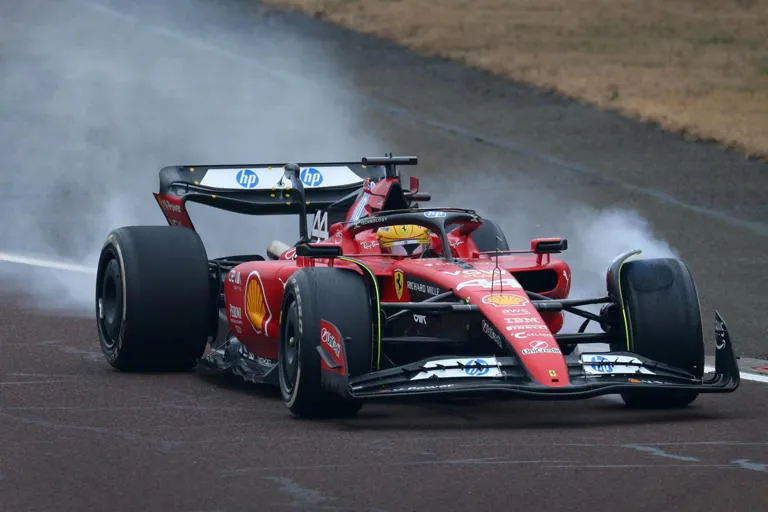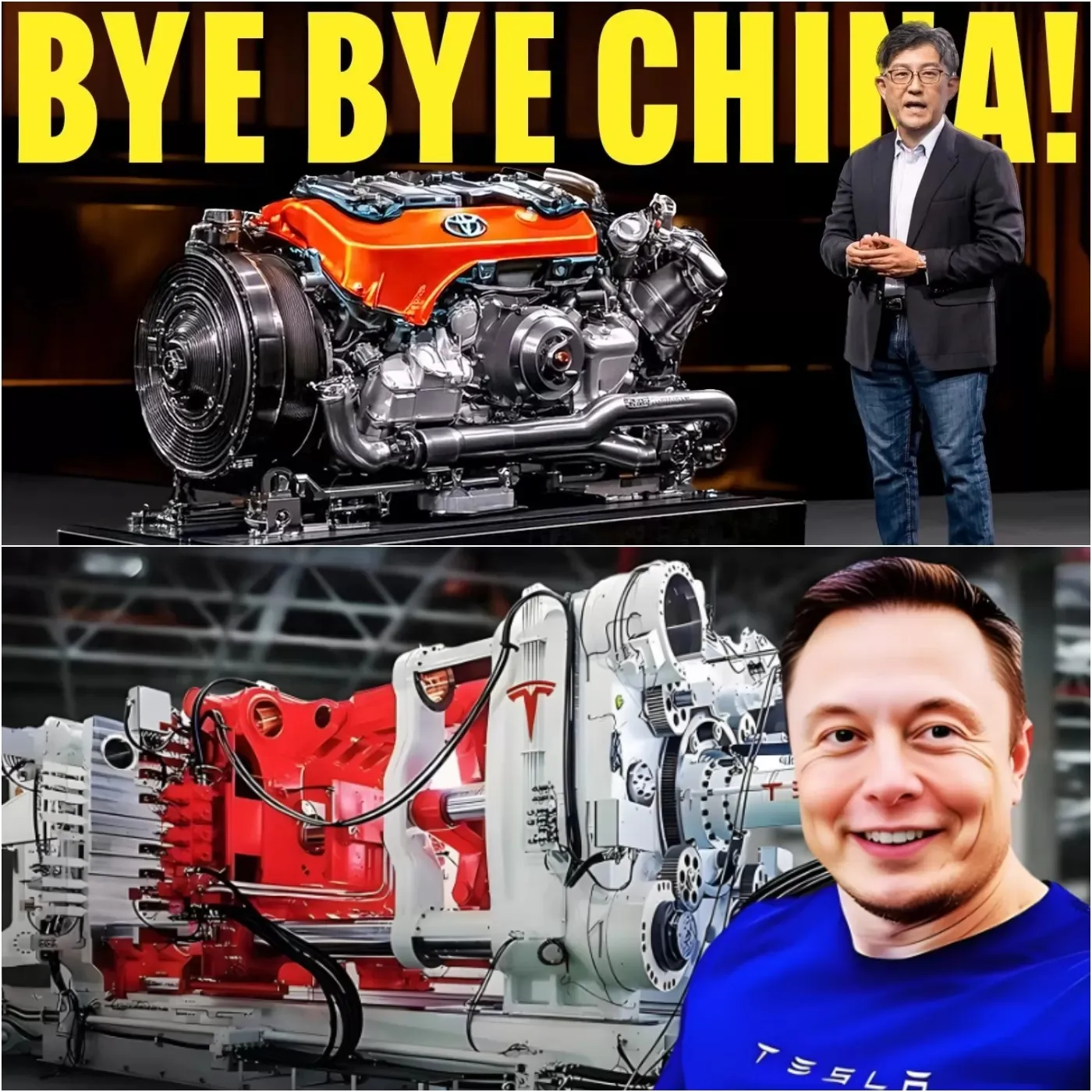Lewis Hamilton reportedly urged for further adjustments to his new Ferrari SF-25 following the car’s shakedown at Fiorano earlier this week. The British driver, who made the highly-publicized switch to Ferrari after a long tenure with Mercedes, has shown strong interest in refining the car to better suit his driving style and maximize its potential. Despite the car’s promising initial performance, Hamilton believes that more fine-tuning is necessary before the start of the new season.

The SF-25, Ferrari’s latest entry into Formula 1, had undergone several months of development and testing prior to the shakedown, with engineers focusing on aerodynamic updates, weight distribution, and engine performance. However, as is often the case with such complex machines, the real-world performance during initial testing revealed areas that could be improved. Hamilton, known for his meticulous attention to detail and understanding of the technical aspects of car development, is keen to ensure that the SF-25 can deliver the performance needed to compete at the front of the grid.

After the shakedown, Hamilton was seen providing feedback to the engineers regarding the car’s handling, balance, and responsiveness. Sources suggest that he has identified specific areas where the car could be more agile, particularly in high-speed corners and during braking. These aspects are crucial in a sport like Formula 1, where fractions of a second can determine race outcomes.
The shakedown at Fiorano was a significant step in Ferrari’s pre-season preparations, providing both the team and the drivers with valuable insights into the SF-25’s capabilities. For Hamilton, however, it was clear that his expectations were not entirely met, despite the car’s overall progress. He is reportedly pushing for changes to the suspension setup, aiming for improved stability and confidence when pushing the car to its limits.

Ferrari’s engineers have been working around the clock to address Hamilton’s concerns, making adjustments to the car’s setup to accommodate his feedback. While it is not uncommon for drivers to request changes after the first test runs, Hamilton’s influence at Ferrari is expected to play a pivotal role in the final stages of the SF-25’s development. The team’s willingness to listen to their star driver highlights the importance of collaboration between driver and engineering team in Formula 1, where success depends on every detail being finely tuned.
In addition to the technical changes, Hamilton’s transition to Ferrari is also a symbolic moment in the world of motorsport. Having spent his entire career with Mercedes, the move represents a new chapter for the seven-time world champion. His arrival at Ferrari has already created a buzz in the F1 paddock, with many eager to see how he adapts to a new team and a new car. Ferrari, historically one of the most successful teams in F1, will be hoping that Hamilton’s expertise and experience will help them return to championship contention after several years of underperformance.
With the season opener rapidly approaching, time is of the essence for Ferrari to make the necessary changes and ensure that the SF-25 is fully prepared for the challenges ahead. The car’s performance in the upcoming tests and races will ultimately determine whether Hamilton’s push for further adjustments will pay off. The team’s ability to adapt quickly and respond to feedback will be key to their success in the highly compeтιтive Formula 1 landscape.
As the team continues to refine the SF-25, Hamilton’s contributions are expected to remain vital in the ongoing development of the car. His experience and insight into what it takes to win championships will undoubtedly shape Ferrari’s approach to the upcoming season. However, the clock is ticking, and it remains to be seen whether these changes will be enough to put the SF-25 in a position to challenge for race wins and, ultimately, the championship.





